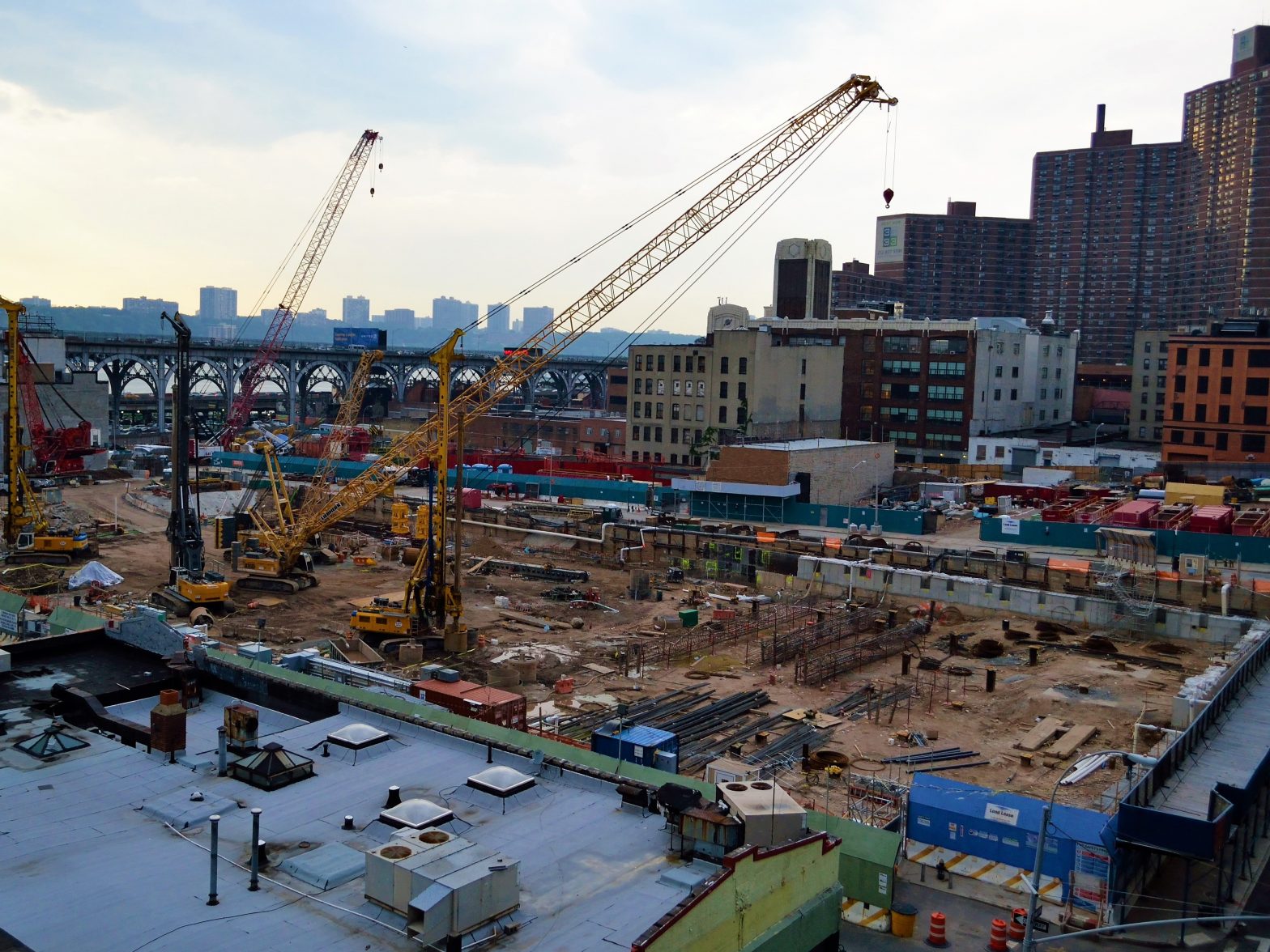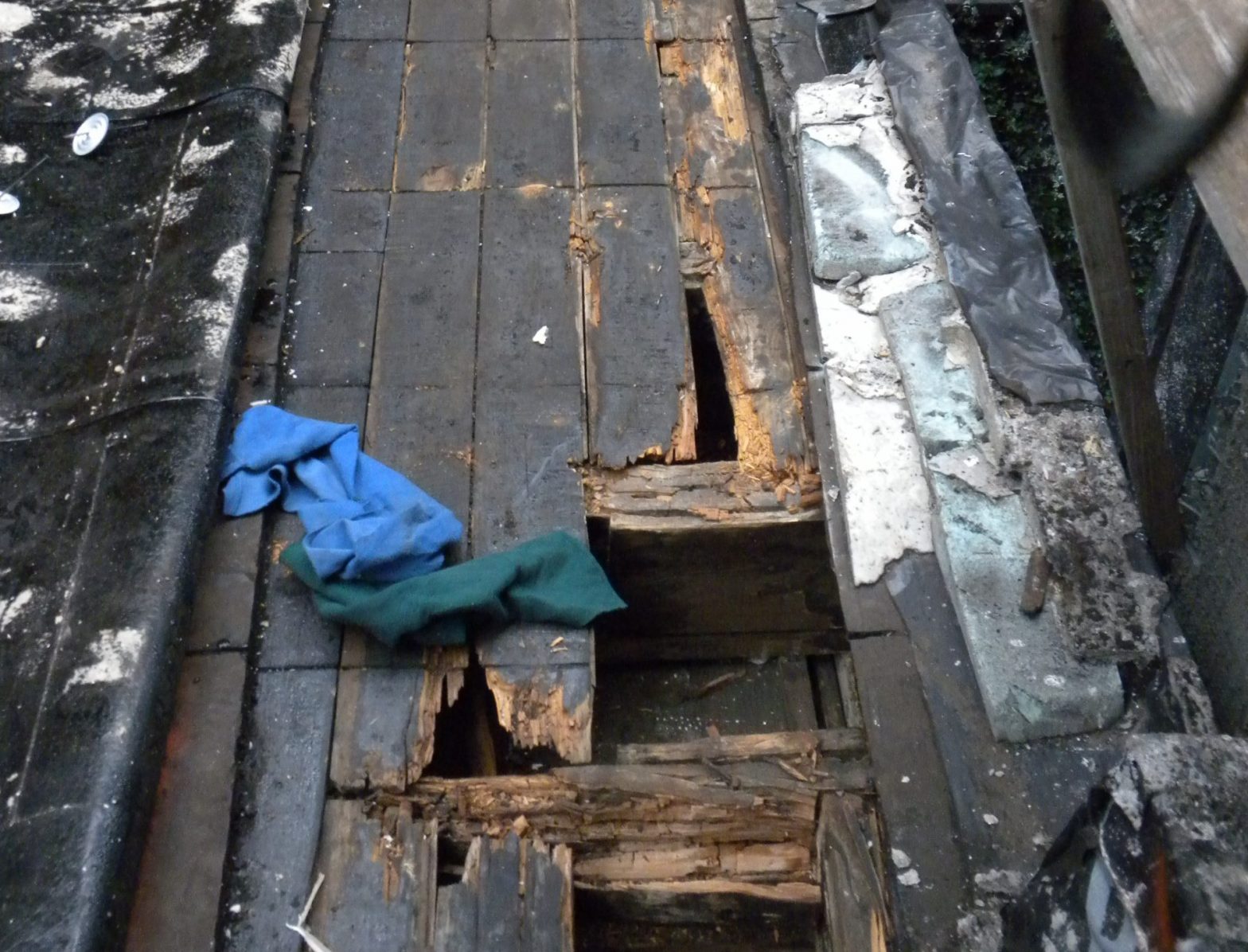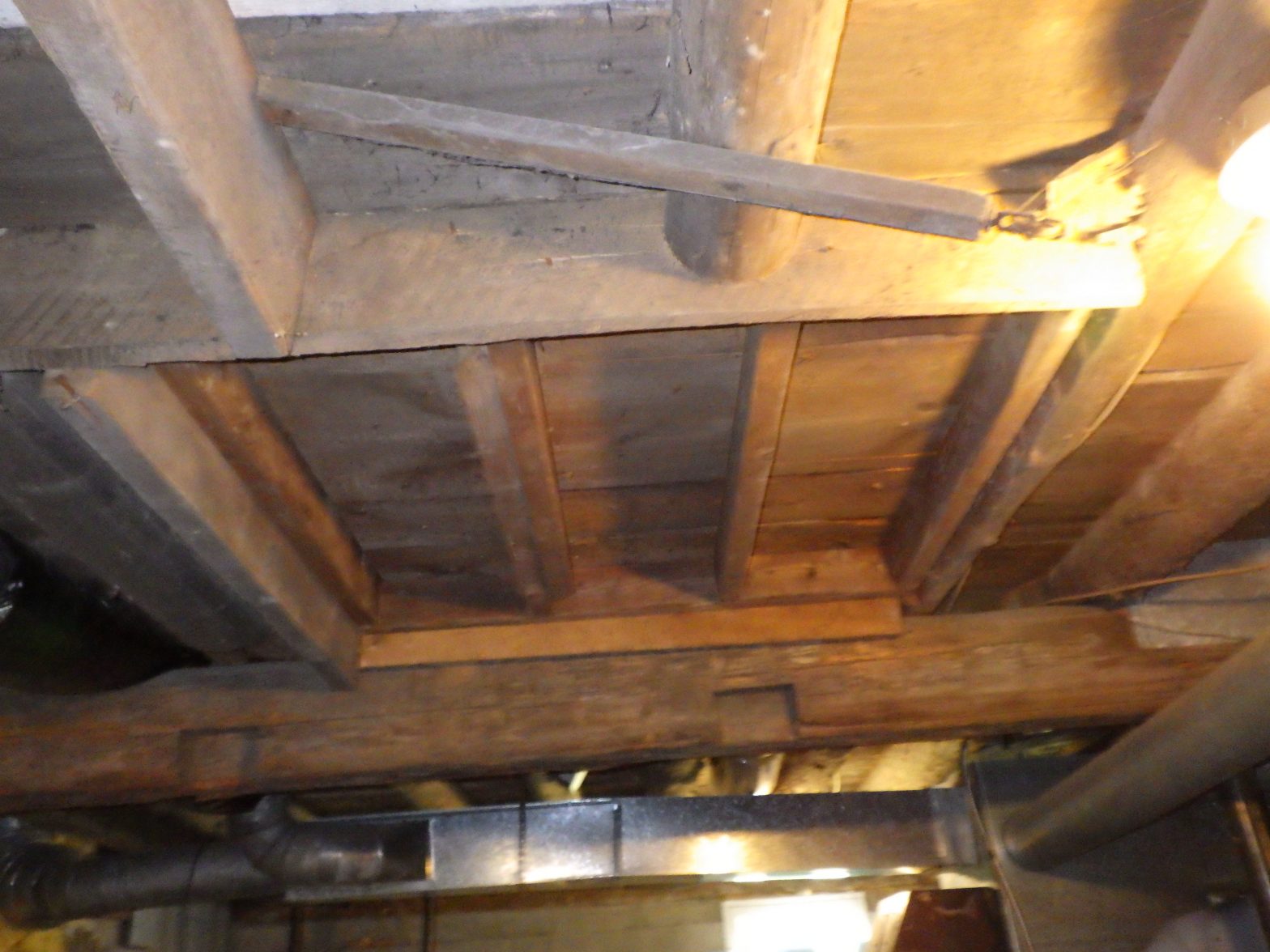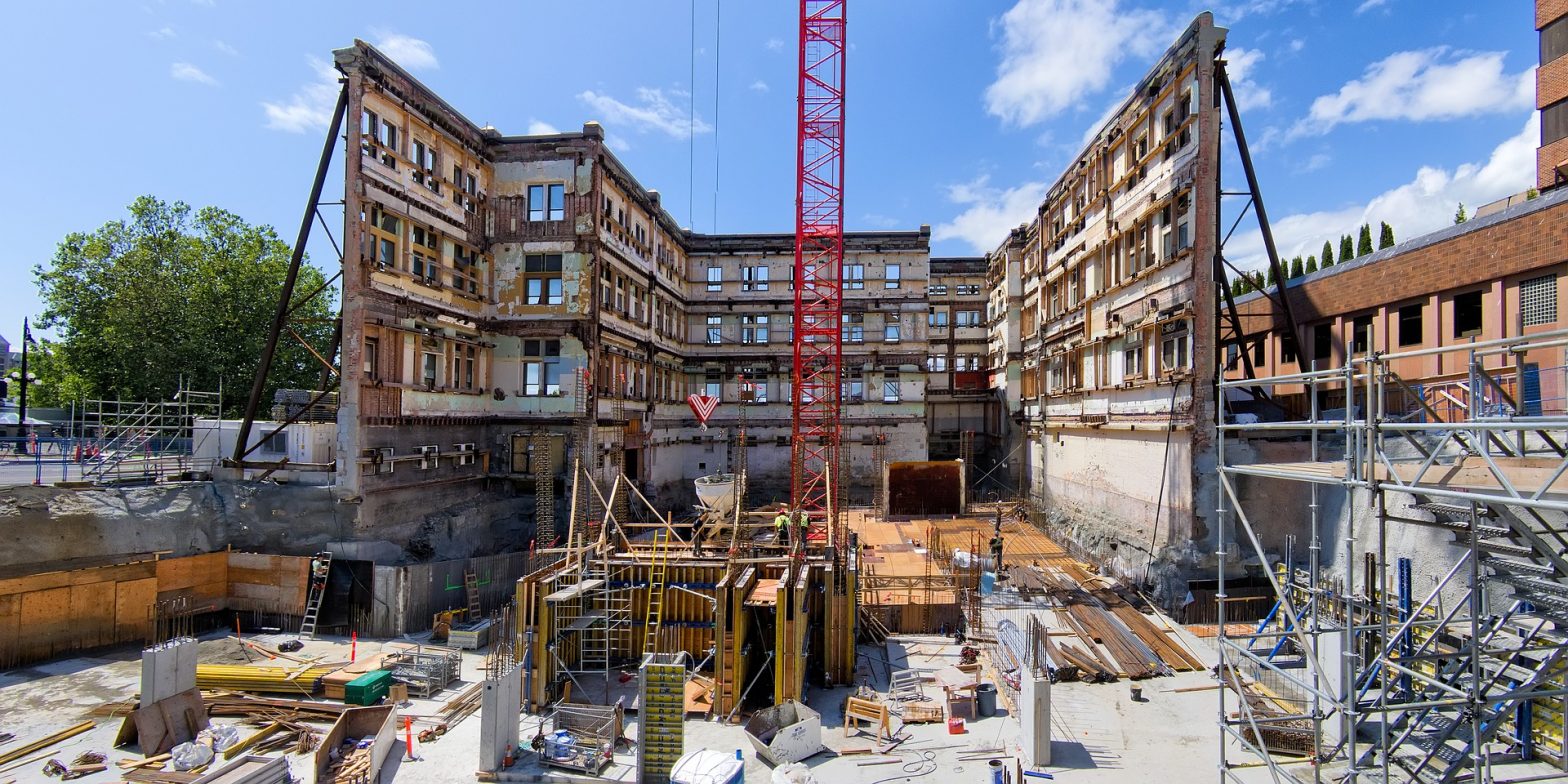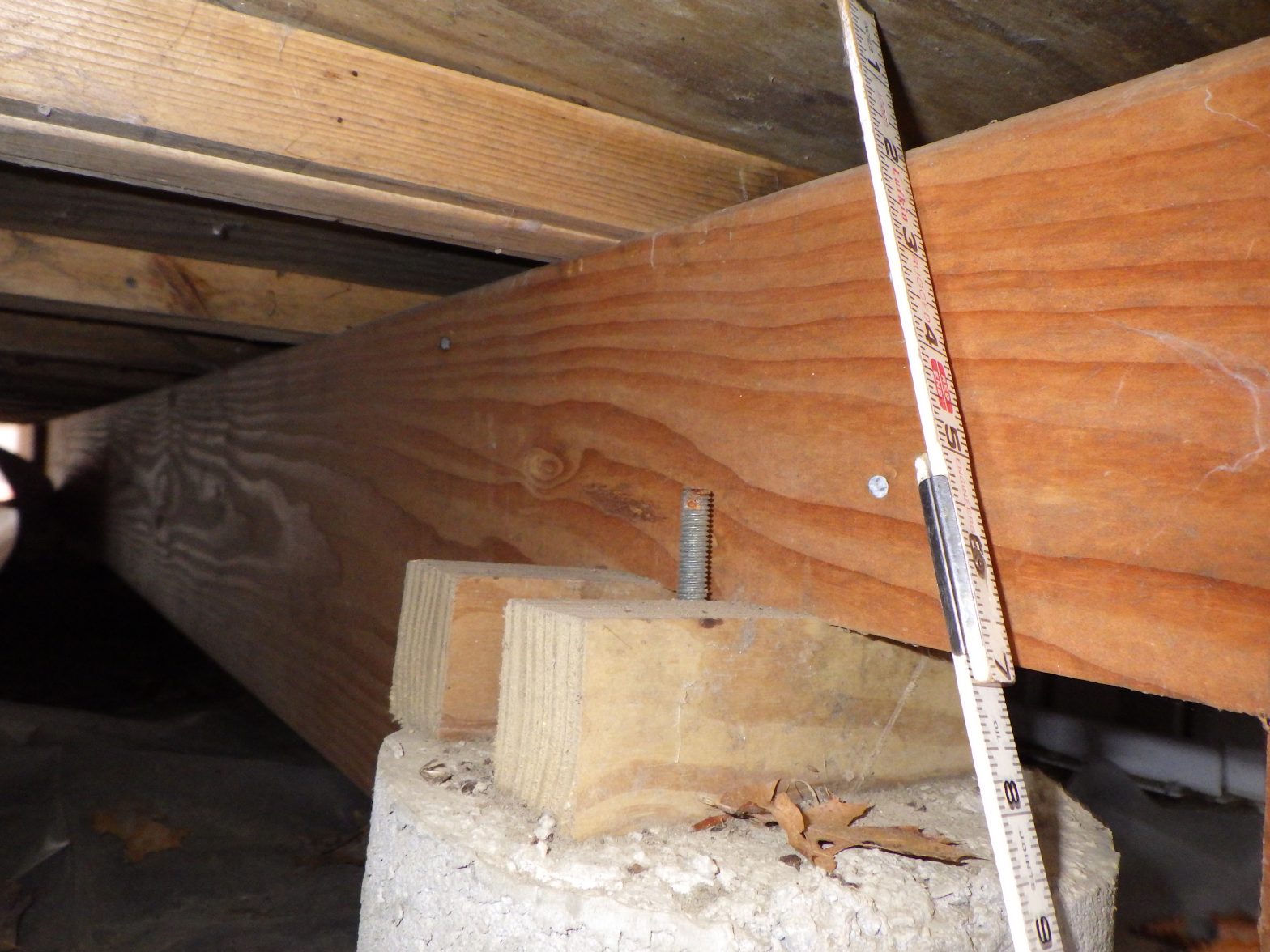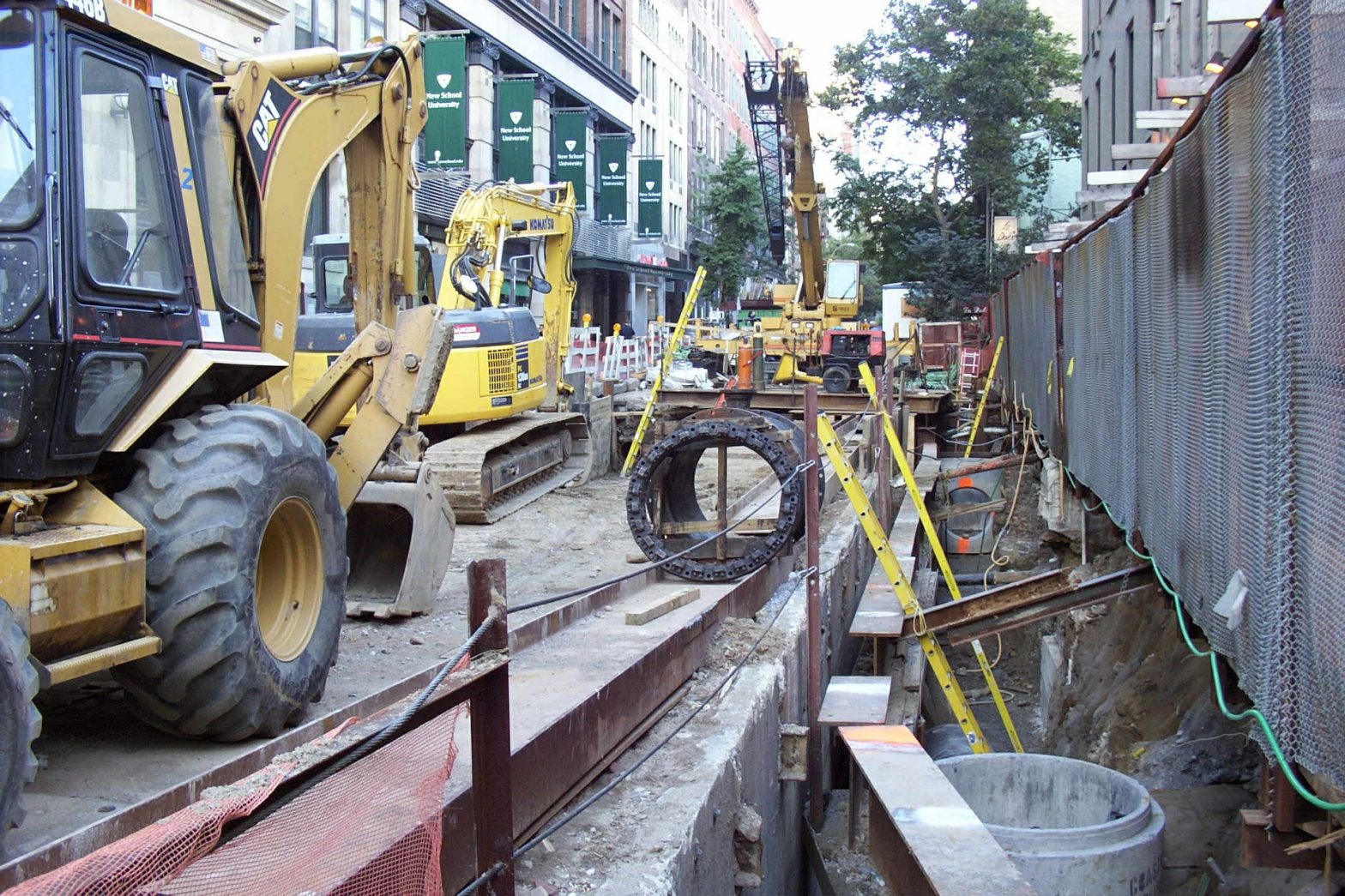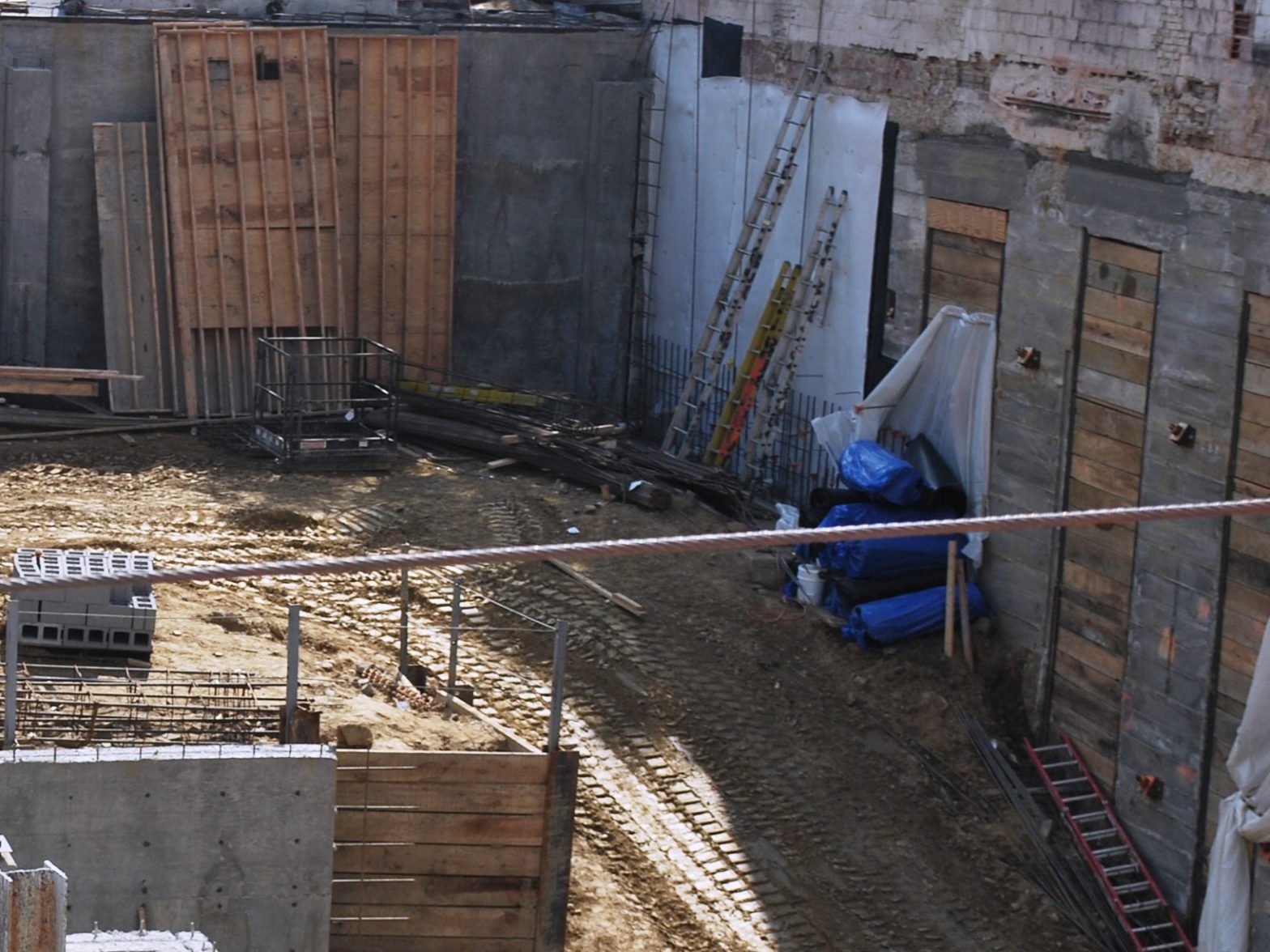The 24 June 2021 collapse of the Champlain Towers South condominium building in Surfside, Florida was as horrific as it was heartbreaking. The disaster ranks among the worst unintentional structural failures in United States history, along with the Kansas City Hyatt Regency walkway collapse almost 40 years earlier and the 1922 roof collapse of the …
Author Archives: Richard J. Driscoll
What is Geostructural Engineering?
“Geostrucutral engineering” is a term that has become increasingly common in the specialty foundation construction community in the past 10 to 15 years. Like too many terms in architecture, engineering and construction, it does not appear to have a consensus definition and may describe different things in different contexts. If you search for geostructural engineering …
Conservatism Cannot Substitute for Appropriate Services
Engineers and architects are sometimes asked by their clients if a conservative approach to design can be taken to reduce or eliminate the cost of professional services, especially the costs of specialists, advanced analysis and design methods, and explorations of existing structures and subsurface conditions. Ideally, the prime design professional, whether an architect, civil engineer …
Continue reading “Conservatism Cannot Substitute for Appropriate Services”
Why an Assessment Will Not Take “Just an Hour or Two”
Strong demand for real estate purchases and renovation of existing buildings has resulted in a lot of recent calls for structural or foundation condition assessments. These engagements vary in scope depending on the purpose and the conditions to be assessed, but they typically involve a site visit followed by the issue of a report. Sometimes …
Continue reading “Why an Assessment Will Not Take “Just an Hour or Two””
Why Consulting Engineers Should Design Temporary Structures
Temporary structures are part of the means and methods of construction and can serve a variety of purposes. Some temporary structures are directly employed in the construction of a project; others provide access to work or protect works or the public from construction hazards. The conventional wisdom in the construction industry is that temporary structures, …
Continue reading “Why Consulting Engineers Should Design Temporary Structures”
Avoiding Build-Design Construction
Ordinary construction projects usually follow some variant of one of two delivery methods: design-bid-build or design-build. In the design-bid-build delivery method, the owner retains design professionals to prepare construction documents, some form of competitive bidding process takes place, and the successful contractor builds the work. Most commercial building projects and a lot of public building …
Reducing Risk to Adjacent Properties from Underground Utility Construction
In populated areas, underground utilities are the lifeblood of the community. These utilities require periodic maintenance, expansions and replacement. Therefore, underground utility construction is common in cities, suburbs and rural villages alike. Most people notice underground utility construction because of the traffic problems they may cause. However, if you are familiar with geotechnical or geostructural …
Continue reading “Reducing Risk to Adjacent Properties from Underground Utility Construction”
What are the Alternatives to Pier Underpinning?
A common application of underpinning is maintaining the stability of the foundations for adjacent structures during excavation on urban sites. If the excavation is deeper than the foundation depth for an adjacent structure, then the soil below the foundation could fail as the excavation proceeds, potentially causing the structure to collapse. Increasing the depth of …
Continue reading “What are the Alternatives to Pier Underpinning?”
June 2020 Service Update
The spread of COVID-19, stay-at-home orders, travel restrictions, recession, and protests of racism and police violence have made for a chaotic first half of 2020. While not the most affected of industries, the architecture/engineering/construction business has experienced significant disruptions. This has resulted in operational inefficiencies and project delays, forcing businesses to adapt to a new …
Peer Review in Design and Construction: an Underutilized Tool
Peer review is a useful but underutilized tool for risk management in design and construction. A peer review is an independent evaluation of some aspect of a project by a professional with relevant knowledge and experience. The objective of a peer review might be quality assurance, compliance with applicable codes, standards and best practices, economy, …
Continue reading “Peer Review in Design and Construction: an Underutilized Tool”

